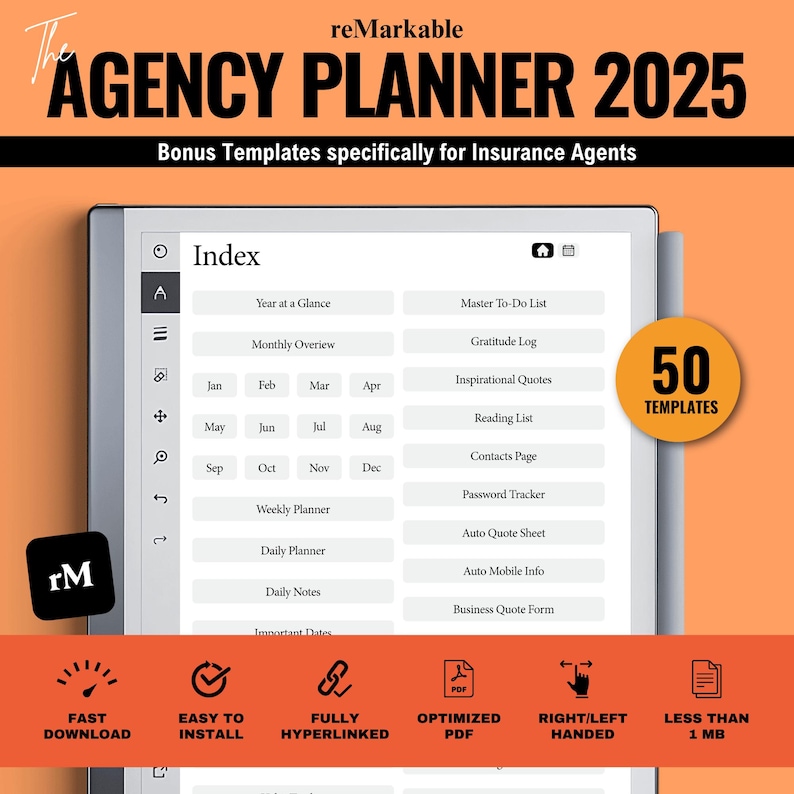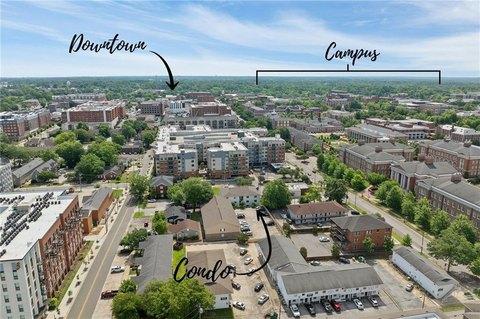As climate change continues to reshape weather patterns across the globe, communities like Auburn, AL 36832 are facing increasing risks from flooding. Once considered a rare event, floods are becoming more frequent and severe, threatening homes, infrastructure, and the safety of residents. Preparing Auburn for these challenges is no longer optional—it’s essential. In this article, we’ll explore the rising flood risks in the area, why proactive planning matters, and key steps the community can take to build resilience against future water-related disasters. Whether you’re a homeowner, local official, or simply someone who cares about Auburn’s future, understanding and preparing for flooding is critical for protecting both lives and livelihoods.
Table of Contents
- Understanding the Growing Flood Risks in Auburn AL 36832
- Assessing Vulnerable Areas and Infrastructure for Targeted Protection
- Implementing Community-Based Flood Preparedness and Response Plans
- Enhancing Flood Resilience Through Sustainable Urban Planning and Green Infrastructure
- To Conclude
Understanding the Growing Flood Risks in Auburn AL 36832
Auburn’s landscape and climate patterns are increasingly vulnerable to flooding, a reality driven by shifting weather phenomena and urban development. Heavy rainfall events, which were once rare, now occur with greater frequency, overwhelming existing drainage systems and leading to unexpected flash floods. Compounding the issue, the expansion of impermeable surfaces like roads and parking lots reduces natural water absorption, exacerbating runoff and raising floodwater levels quickly. Residents are urged to stay informed about local flood zones and understand that past safety does not guarantee protection against future events.
Addressing this challenge requires a multifaceted approach that involves both community action and individual preparedness. Key steps include:
- Regularly updating property flood insurance to ensure adequate coverage against potential damages.
- Implementing flood-resistant landscaping to improve water absorption and minimize soil erosion.
- Building awareness around emergency evacuation routes and preparedness plans for families and businesses.
- Supporting local initiatives aimed at enhancing stormwater infrastructure and green spaces designed for better flood mitigation.
By embracing these proactive measures, Auburn can better withstand and adapt to the evolving flood risks threatening its communities.
Assessing Vulnerable Areas and Infrastructure for Targeted Protection
Identifying the most flood-prone zones within Auburn AL 36832 involves a detailed evaluation of both natural landscapes and man-made structures. Low-lying residential neighborhoods, crucial transportation routes, and aging drainage systems emerge as primary candidates for reinforced flood defenses. Mapping these areas with precision allows city planners and emergency services to prioritize interventions that mitigate damage and expedite recovery. This process includes analyzing rainfall patterns, historic flood data, and topographical nuances that influence water flow and retention.
Targeted protection efforts must focus on:
- Critical infrastructure: Power stations, hospitals, and communication hubs that require uninterrupted operation.
- Transportation arteries: Bridges and main thoroughfares that facilitate evacuation and emergency response.
- Flood barriers and levees: Areas where structural reinforcements can prevent water intrusion.
- Community assets: Schools and shelters that serve vulnerable populations.
By honing in on these key zones, Auburn’s flood resilience can be significantly bolstered — protecting lives and minimizing economic fallout in the face of rising flood threats.
Implementing Community-Based Flood Preparedness and Response Plans
Engaging Auburn’s neighborhoods in tailored flood preparedness initiatives is crucial for fostering resilience at the grassroots level. By involving local residents in risk mapping, evacuation planning, and resource sharing, communities create actionable frameworks that address their unique vulnerabilities. Empowering community leaders and volunteers with training in flood response not only builds trust but enhances rapid action during emergencies. Open forums and workshops encourage open communication, ensuring that everyone understands evacuation routes, emergency shelters, and the proper use of flood safety equipment. This collective participation is key to transforming passive awareness into proactive readiness.
Building a sustainable flood response infrastructure also means leveraging local networks for efficient coordination. Establishing communication chains that connect families to first responders, emergency services, and neighboring communities facilitates faster, more effective disaster management. Critical components include:
- Community Stockpiles: Ensuring accessible reserves of sandbags, potable water, and medical supplies tailored to local needs.
- Early Warning Systems: Integrating technology with neighborhood alert groups to provide timely flood notifications.
- Regular Drills: Conducting evacuation and response exercises to maintain preparedness and identify gaps.
Through these collective efforts, Auburn can not only mitigate flood damage but also strengthen communal bonds that are invaluable when facing the challenges of climate change and increasing flood risks.
Enhancing Flood Resilience Through Sustainable Urban Planning and Green Infrastructure
Auburn’s rapid urban growth demands a paradigm shift in how we approach flood risk management. By integrating sustainable urban planning, city officials and developers can reduce vulnerabilities while ensuring new developments coexist harmoniously with the natural environment. Zoning regulations must prioritize flood-prone areas, restricting construction and incentivizing adaptive reuse of existing structures. Additionally, urban design should emphasize permeable surfaces over traditional impervious materials to enhance groundwater absorption and curb surface runoff. Adopting these principles will help create neighborhoods that are not only vibrant and functional but also inherently more resilient to flood events.
Green infrastructure serves as a cornerstone in this transformative strategy, offering nature-based solutions that enhance flood mitigation while improving overall urban livability. Implementing systems such as:
- Rain gardens and bioswales to naturally capture and filter stormwater, reducing pressure on conventional drainage systems
- Urban tree canopies which increase interception of rainfall and reduce soil erosion
- Constructed wetlands that act as natural water retention basins during peak flooding periods
These elements work synergistically to slow down stormwater flow, protect critical infrastructure, and create green corridors that foster biodiversity. Together with community engagement and continuous monitoring, Auburn can establish a resilient blueprint that safeguards lives, protects property, and nurtures ecological balance amid escalating flood risks.
To Conclude
As Auburn, AL 36832 faces rising flood risks, proactive preparation is no longer optional—it’s essential. By investing in resilient infrastructure, updating emergency plans, and fostering community awareness, residents and local leaders can work together to safeguard lives and property. Flooding is a formidable challenge, but with thoughtful action and collaboration, Auburn can build a stronger, more flood-ready future. Stay informed, stay prepared, and let’s protect our home before the next storm arrives.






